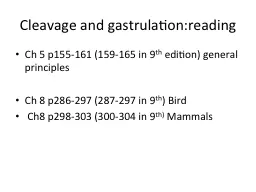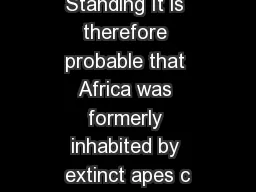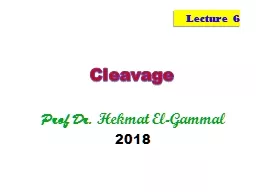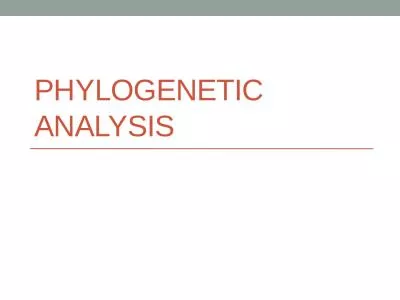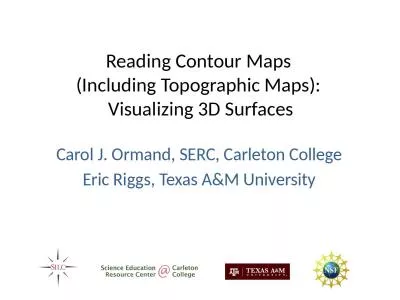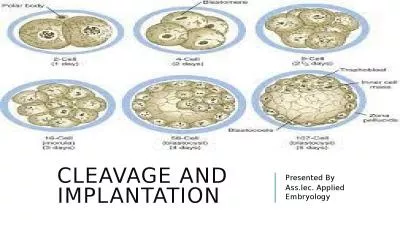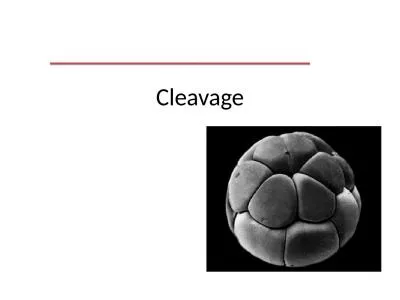PPT-Ferris et al PNAS 1981 Evolutionary tree of apes and humans based on cleavage maps of
Author : Hiphopkid | Published Date : 2022-07-28
Figure compares restriction fragments in humans and gorillas for two different enzmes Bands change due to point mutations in restriction sites A shift in both these
Presentation Embed Code
Download Presentation
Download Presentation The PPT/PDF document "Ferris et al PNAS 1981 Evolutionary tre..." is the property of its rightful owner. Permission is granted to download and print the materials on this website for personal, non-commercial use only, and to display it on your personal computer provided you do not modify the materials and that you retain all copyright notices contained in the materials. By downloading content from our website, you accept the terms of this agreement.
Ferris et al PNAS 1981 Evolutionary tree of apes and humans based on cleavage maps of: Transcript
Download Rules Of Document
"Ferris et al PNAS 1981 Evolutionary tree of apes and humans based on cleavage maps of"The content belongs to its owner. You may download and print it for personal use, without modification, and keep all copyright notices. By downloading, you agree to these terms.
Related Documents





